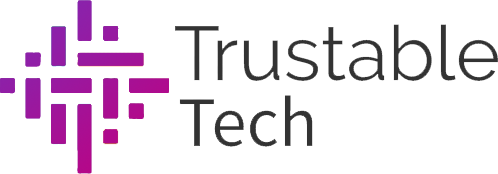The Internet of Things (IoT) might mean different things to different individuals, but it unquestionably entails a large number of devices and voluminous amounts of data. International Data Corporation (IDC) predicts that by 2025 there will be 41,6 billion IoT devices capable of producing 79,4 zettabytes (ZB) of data. For further information, please see The Growth of Connected IoT Devices. According to a new IDC forecast, is anticipated to generate 79.4ZB of data in 2025.
Some of these gadgets are widely found in our houses, even if the residents have never heard of the Internet of Things. An IoT gadget is the security doorbell that saves video recordings to your home computer or a distant place. Another IoT item is the new type of home thermostat, which, when linked to the Internet, allow you to control the temperature from anywhere in the world. Every piece of equipment in a contemporary manufacturing facility may report telemetry to a central location if connected to the right network. Cell phones, smart vehicles, aircraft, and trains that collect data on their operations can also be considered IoT devices. These devices create data that may be gathered regularly or in real time and examined. The amount of data they create will increase, but the regulation of the data, particularly its location, will be an even greater obstacle.
IOT Data Placement
Decisions regarding the deployment of IoT data might affect intellectual property (IP) rights. According to the research on patent trends in the IoT business, “filings for the industry as a whole have surged considerably throughout the analyzed time period, from around 5,100 in 2007 to nearly 18,100 in 2018.”
Unique IoT data may be used to generate new IP schematic designs, processes, or apps. IT teams require risk mitigation to safeguard this IP. A security breach can result in income loss, brand reputation harm, and intellectual property loss. A company’s actions regarding the location of IoT data contribute to the protection of such data and intellectual property. Organizations that need the highest level of control over IoT data and related intellectual property frequently select an in-house team that can tailor and improve security by storing data in a private data center.
IoT data placement requires an in-house staff for analytics, application development, and intellectual property protection. In the short-term, outsourcing can speed up IoT activities, but when practicable, many firms intend to convert to an in-house team. The advantage of having an experienced in-house staff is a greater alignment with company objectives and corporate culture. An in-house IoT team may get a deeper grasp of IoT data and its business applications. This accumulation of experience shortens project deadlines, reduces risk, and accelerates the creation of new intellectual property. AP provides a method to easily handle the transfer and placement of IoT data straight from devices to centralized core infrastructure.

